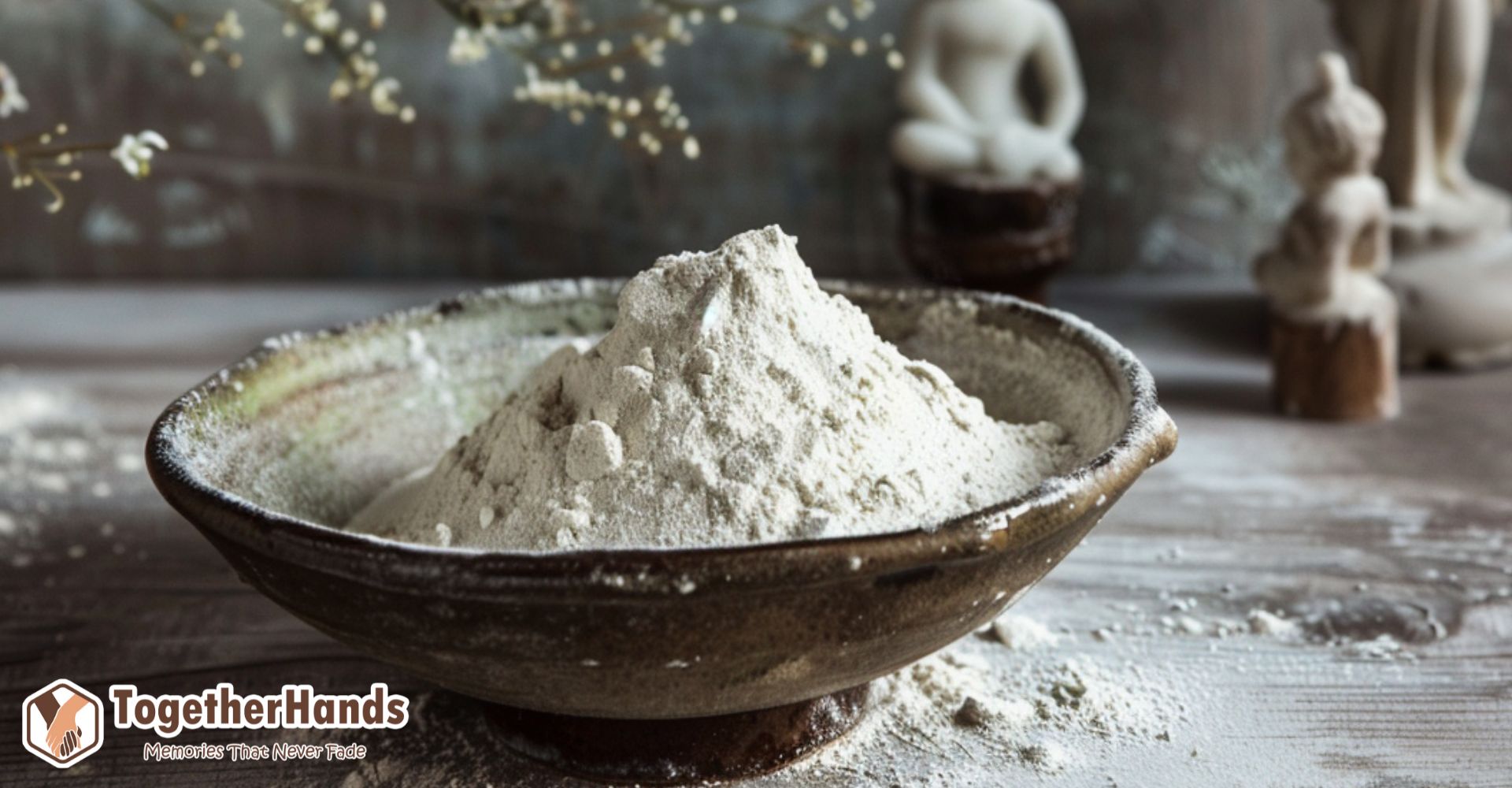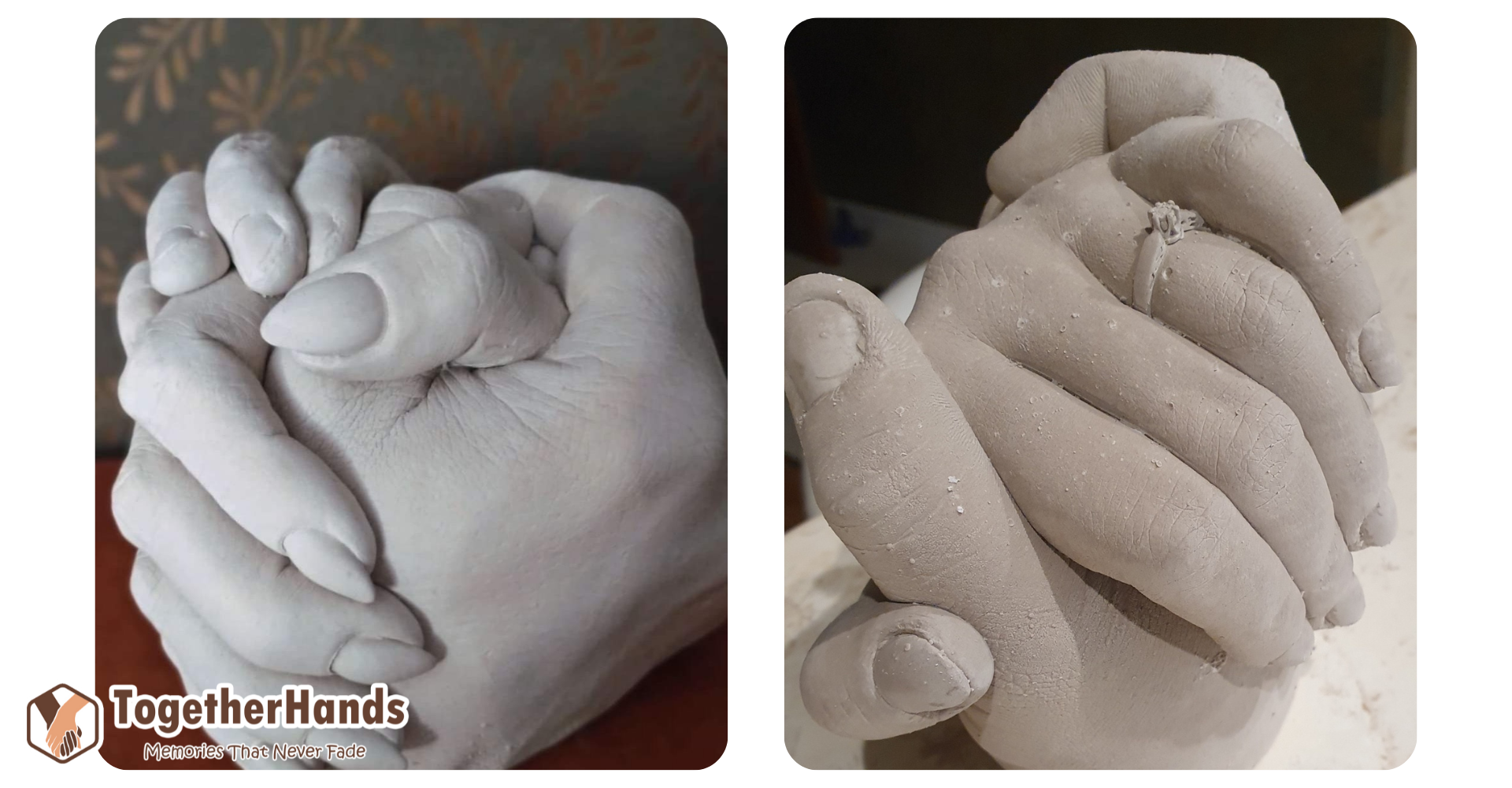
What is the difference between ceramic powder and gypsum?
It's common to find terms like "gypsum" and "ceramic powder" used interchangeably in various webshops, which can be confusing when trying to understand their properties and applications. Here’s a breakdown of these materials and how to discern good quality raw materials for your projects.
Properties of ceramic powder suitable for making hand sculptures
Quick Setting: High-quality gypsum ceramic powder sets rapidly, allowing for efficient molding and casting processes.
Fine Grain Size: The powder has a micro-ground texture, similar to flour, without coarse particles or sand-like grains. It feels soft and doesn't clump together.
Compact and Hard when Set: Once dry, the ceramic powder solidifies into a dense, hard state, ensuring durability and detailed reproduction of figures or objects.
Strength and Durability: This type of gypsum is significantly stronger than standard gypsum, which is why it's often referred to as ceramic powder.
Color and Appearance: The color of the ceramic powder is a light, cool grayish-white, resembling flour but cooler and less beige than typical gypsum. When water is added, it turns gray, gradually lightening to a light gray-white color upon complete drying.
Decorative Capabilities: After drying, the ceramic powder can be decorated using various techniques such as napkin technique, metal foil application, acrylic painting, gluing, or varnishing with acrylic varnish. This versatility allows for creative embellishments and customization of sculptures.
To ensure you are working with good material, check that the ceramic powder meets these criteria: fine texture resembling flour, rapid setting time, absence of coarse particles, and a light grayish-white color when dry. These qualities contribute to producing high-quality hand sculptures with detailed and durable finishes.

What happens if you use a poor quality gypsum to make a hand sculpture
Using poor quality gypsum for making hand sculptures can lead to several undesirable outcomes that affect the durability and appearance of the final piece. Here are some issues you may encounter:
- Lack of Detail and Clarity: Poor quality gypsum, typically with larger grains and less finely ground texture, cannot capture fine details such as skin patterns or fingerprints. This results in sculptures that appear blurry and lack sharpness.
- Fragility and Breakage: Sculptures made from low-quality gypsum tend to be fragile. Along bends or delicate areas, the gypsum can easily break or fragment, leading to structural weaknesses.
- Difficulty in Demolding: Due to its inferior quality, the gypsum may not release easily from the mold. This can cause frustration and damage to the sculpture during the demolding process.
- Staining and Dusting: Low-quality gypsum often dries unevenly and leaves white marks or dust on surfaces. It can also leave permanent marks on furniture or other surfaces where it is placed.
- Absorption of Moisture: Traditional gypsum absorbs moisture readily, which can affect the paint application process. It may require additional priming to achieve desired paint colors and prevent discoloration.
- Appearance: The finished sculptures made from poor quality gypsum have a dark gray, "sandy concrete" color rather than the desired white finish characteristic of ceramic powder.


